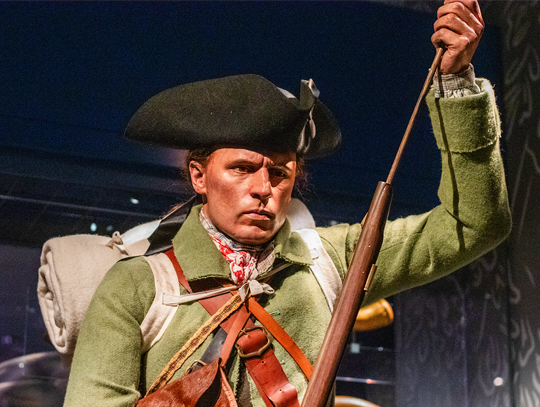
SYLVANUS WOOD
Sylvanus Wood was one of the militia men who stood at Lexington. Like many, he…
ATTENTION VISITORS: the Museum Café is temporarily closed from Dec. 31-Jan.5. We apologize for the inconvenience.

Step into the stories of the brave people who fought for the nation’s independence through this powerful new exhibition commemorating the U.S. Army’s 250th Birthday and the upcoming America 250! This landmark display features rare Revolutionary War artifacts from the original colonies, England, France and Canada—brought to life through the experiences of the Soldiers who became our nation’s first veterans.
On display through June 2027 with free admission.

PASSPORT PROGRAM -Explore the Museum, check out 250 years of U.S. Army history and stamp your commemorative booklet for a chance to win prizes. Check out all we have to offer.
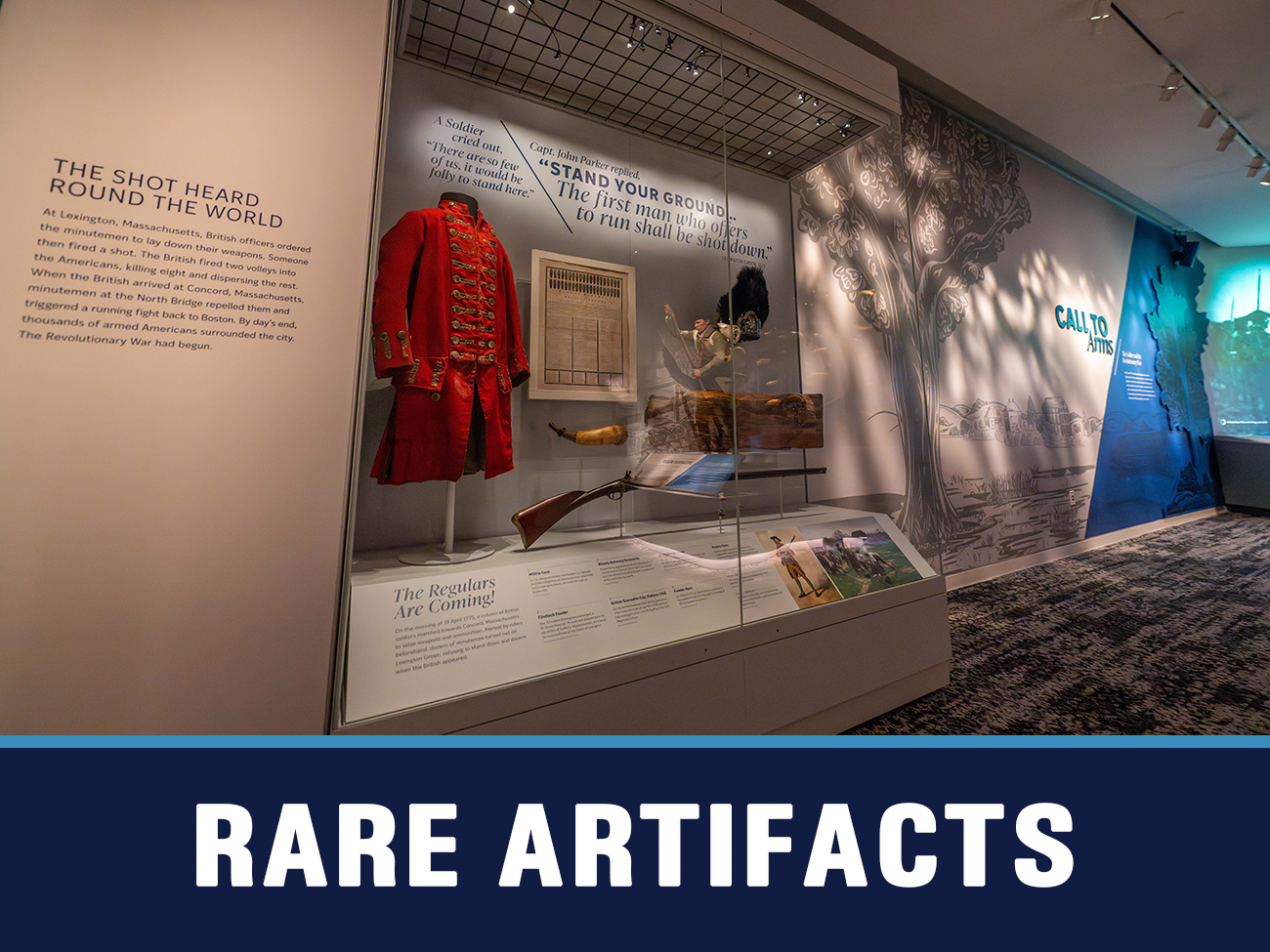
RARE ARTIFACTS -Curated specifically for this exhibit, this collection of one-of-a-kind artifacts, many on display for the first time, create a powerful and unforgettable presentation of our nation’s origin story. Thank you to the cultural institutions and private collectors from the original colonies, England, France and Canada for sharing select artifacts to make this landmark exhibit possible.
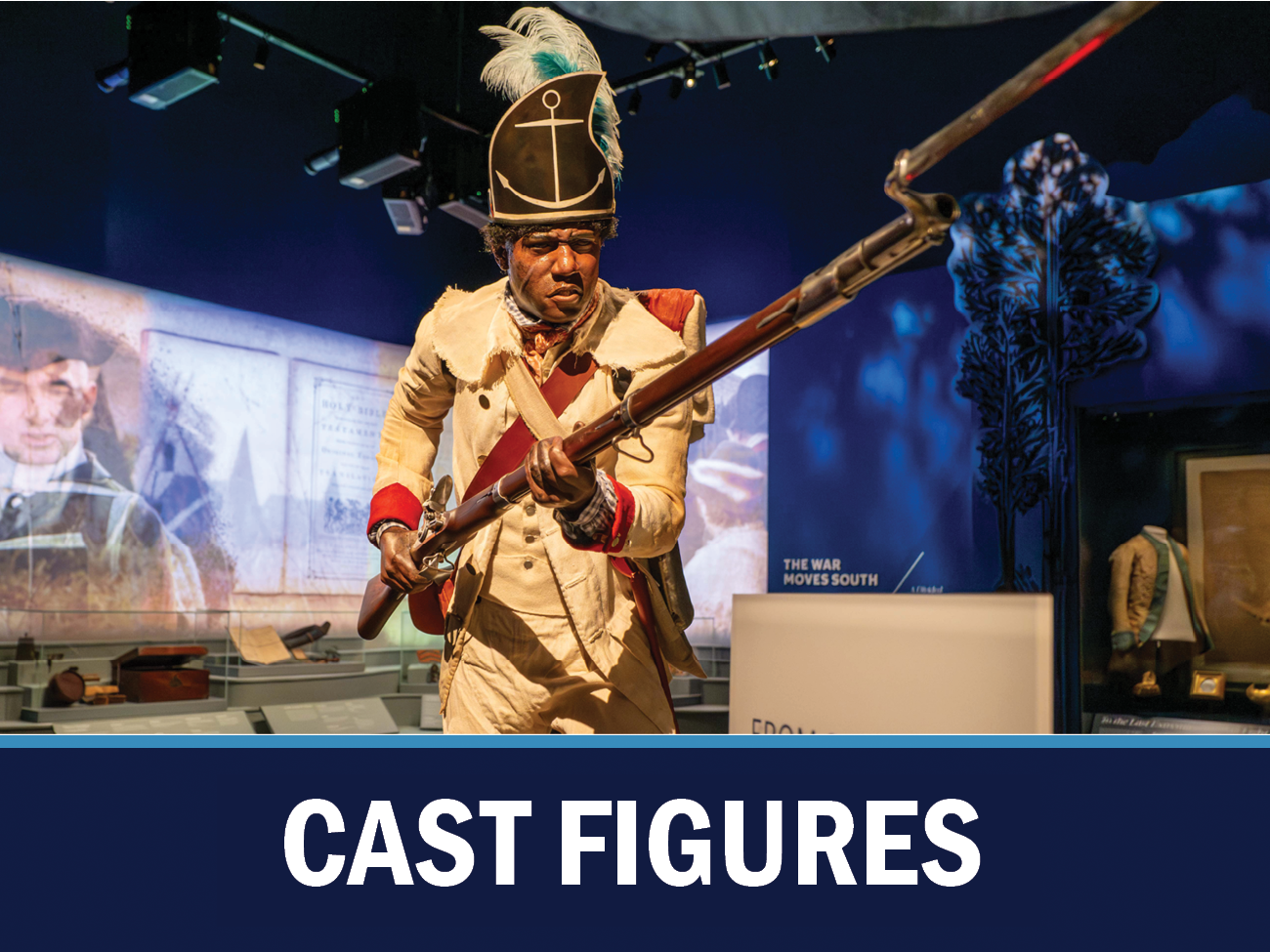
CAST FIGURES -Bringing personal stories to life, realistic cast figures depict actual individuals who served during the war. This extends the Museum’s storytelling of sharing Army history through Soldier stories.
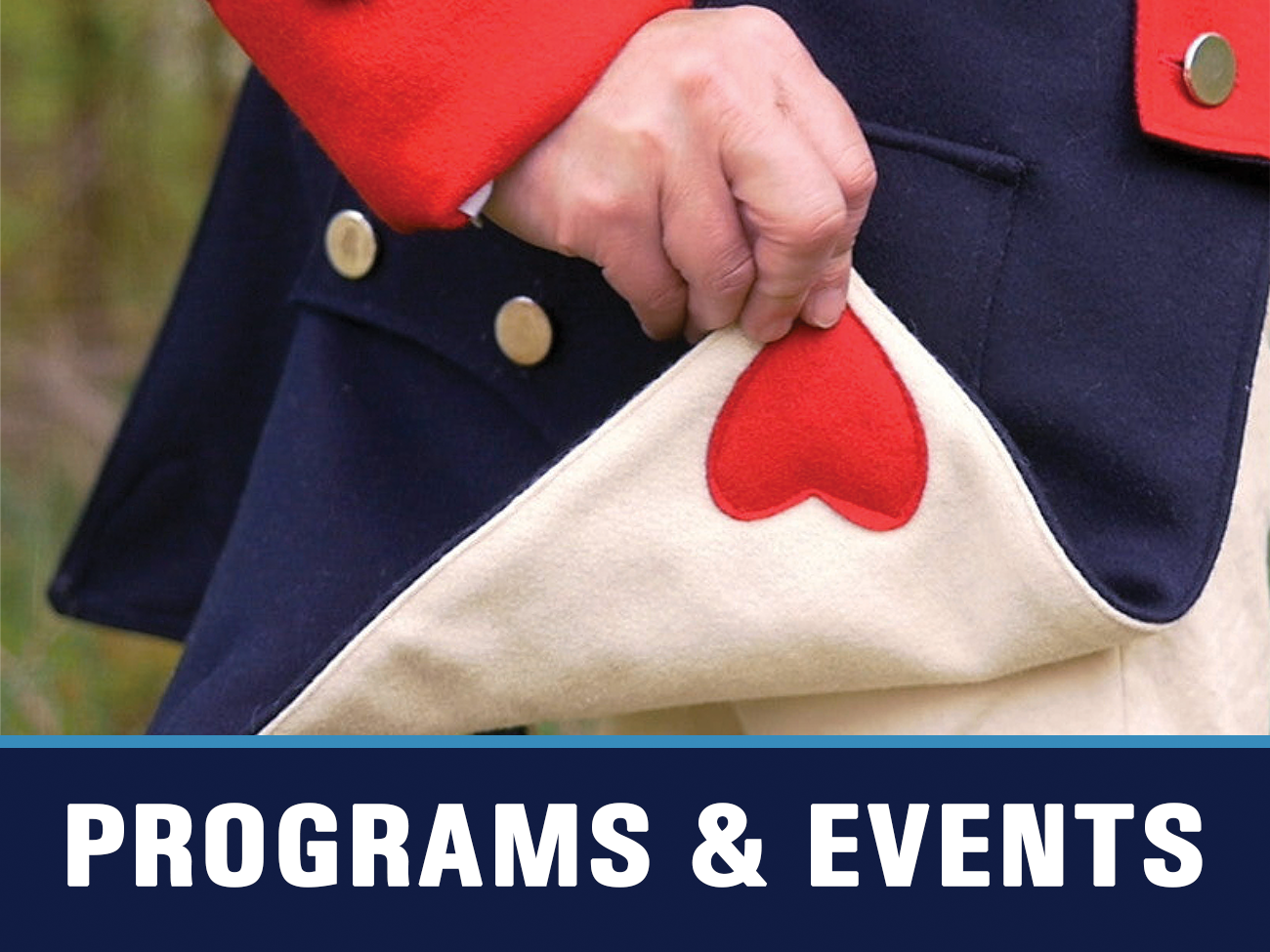
PROGRAMS & EVENTS -The Museum is celebrating Army 250 throughout the year with free in-person and virtual public programs. More information is posted on the Museum’s events calendar.

IN THE NEWS -See why the spotlight’s on us! Watch the CBS Sunday Morning piece and check out our calendar of events for upcoming public programs.
Experience the sights and sounds of the American Revolution through the personal stories of the men and women who fought in it.

Sylvanus Wood was one of the militia men who stood at Lexington. Like many, he…
Sylvanus Wood was one of the militia men who stood at Lexington. Like many, he wore civilian clothing to the action. He recalled Capt. John Parker saying, “Every man of you who is equipped, follow me.” Later that day, Wood became the first American to capture a British soldier.
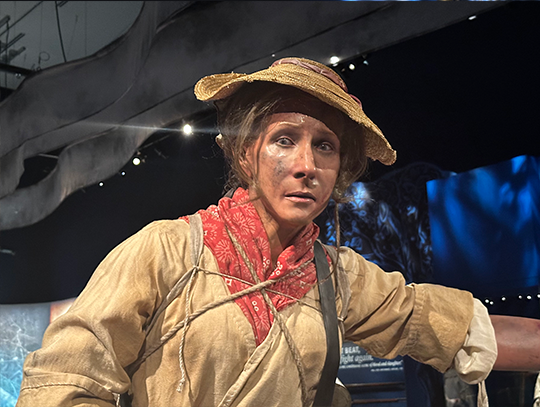
Anna Maria Lane, one of the few women known to fight in the war, was…
Anna Maria Lane, one of the few women known to fight in the war, was wounded at Germantown. Virginia later granted her a pension, honoring her “extraordinary military service” in “the garb, and with the courage of a soldier.”
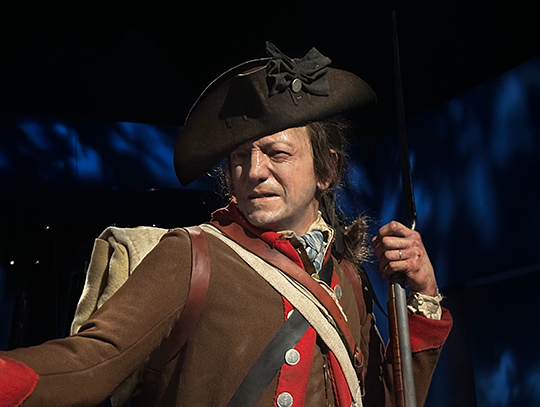
In 1776, John Lane joined the Continental Army, followed by his wife, Anna. Wounded at…
In 1776, John Lane joined the Continental Army, followed by his wife, Anna. Wounded at White Plains, he later fought with Anna at Germantown and served at the Siege of Savannah. He spent his final years in Richmond, Virginia.
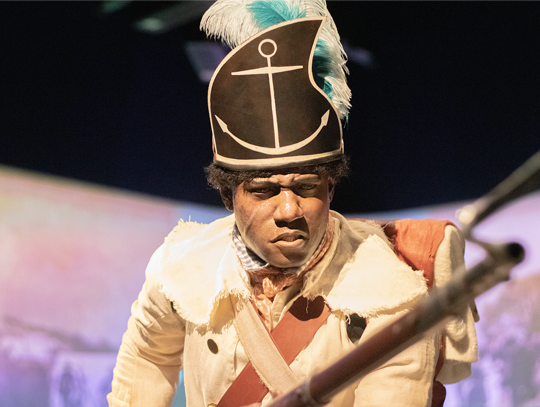
At 16, Cato Varnum, an enslaved man owned by William Vernon, enlisted in the 1st…
At 16, Cato Varnum, an enslaved man owned by William Vernon, enlisted in the 1st Rhode Island Regiment in 1778. He earned his freedom through service and adopted the name of his commander. For his bravery at Yorktown, he received the Badge of Military Merit.
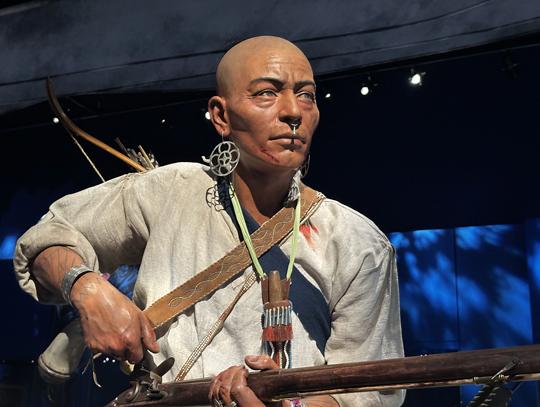
Daniel Nimham was the last sachem (chief) of the Wappinger People. At the age of…
Daniel Nimham was the last sachem (chief) of the Wappinger People. At the age of 49 he joined the Patriots and became captain of a company that recruited other Stockbridge Indians into the Army. They served as scouts and sharpshooters. At the Battle of Kingsbridge, sixteen Stockbridge Indians were killed, including Daniel and his son, Abraham.
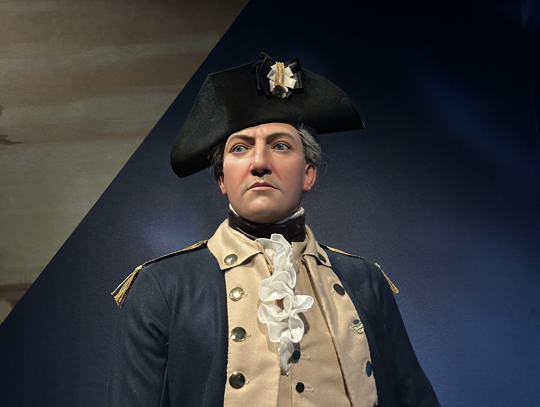
John Laurens, from a wealthy South Carolina family, served on Washington’s staff and was wounded…
John Laurens, from a wealthy South Carolina family, served on Washington’s staff and was wounded in battle. A slave owner’s son, he championed freeing enslaved men in exchange for military service—a plan praised by Washington, Lafayette, and Hamilton, though ultimately rejected.
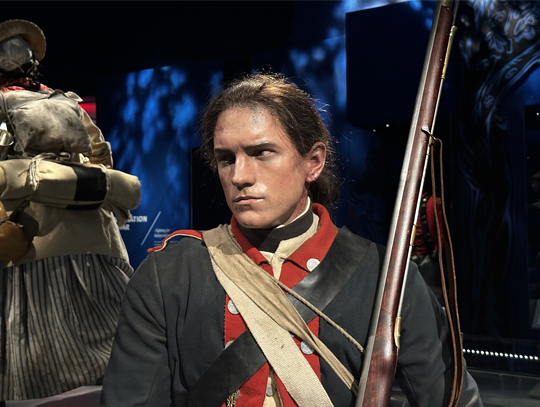
William Seymour fought in every major battle of the Southern Theater. His journal describes how…
William Seymour fought in every major battle of the Southern Theater. His journal describes how they marched hundreds of miles across the country, even detailing how many Soldiers went barefoot. He noted they suffered “with the greatest patience imaginable.”